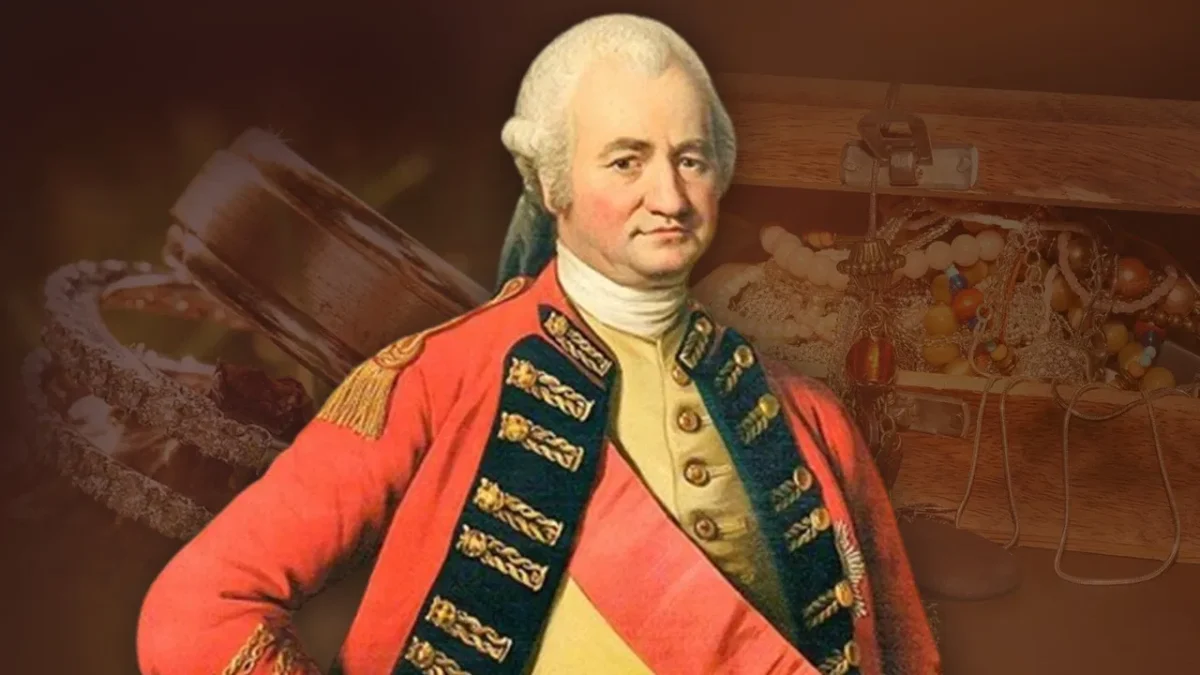Heterodox Philosophies And Republican States of 600 B.C.

By the time of 600 B.C., India had mainly two types of the political system – monarchical system and republic states.
In the monarchical system, powers were concentrated in the hands of rulers. There was no freedom of expression or thought in the monarchical rule. On the contrary, in the republican state, we find a little bit of freedom of expression or thought for the common men.
Around 600 B.C., four major heterodox philosophies emerged. These four heterodox philosophies were Jainism, Buddhism, Ajivika, and Charvaka or Lokayats. These philosophies are called heterodox because they were mostly atheist, i.e., they did not believe in the existence of God.
The philosophy of Buddhism was propagated by Gautam Buddha. Vardhaman Mahavir propagated Jainism. It is interesting to note that both Gautam Buddha and Vardham Mahavir belonged to republican states.
So, how can we connect the emergence of heterodox philosophies and the republican states? Both the philosophies of Buddhism and Jainism were radical in nature if we consider the period of 600 B.C. Both philosophies rejected or did not talk about the existence of God. Such a type of thinking could be possible when societies were more open, more liberal, and more tolerant. If we compare the monarchical society with the republic society, the latter societies were more open, more liberal, and more tolerant. So, it is not a coincidence that Buddhism and Jainism emerged in the republic state.
To conclude, the new ideas and thoughts that emerge need a more open, more liberal, and more tolerant society.


